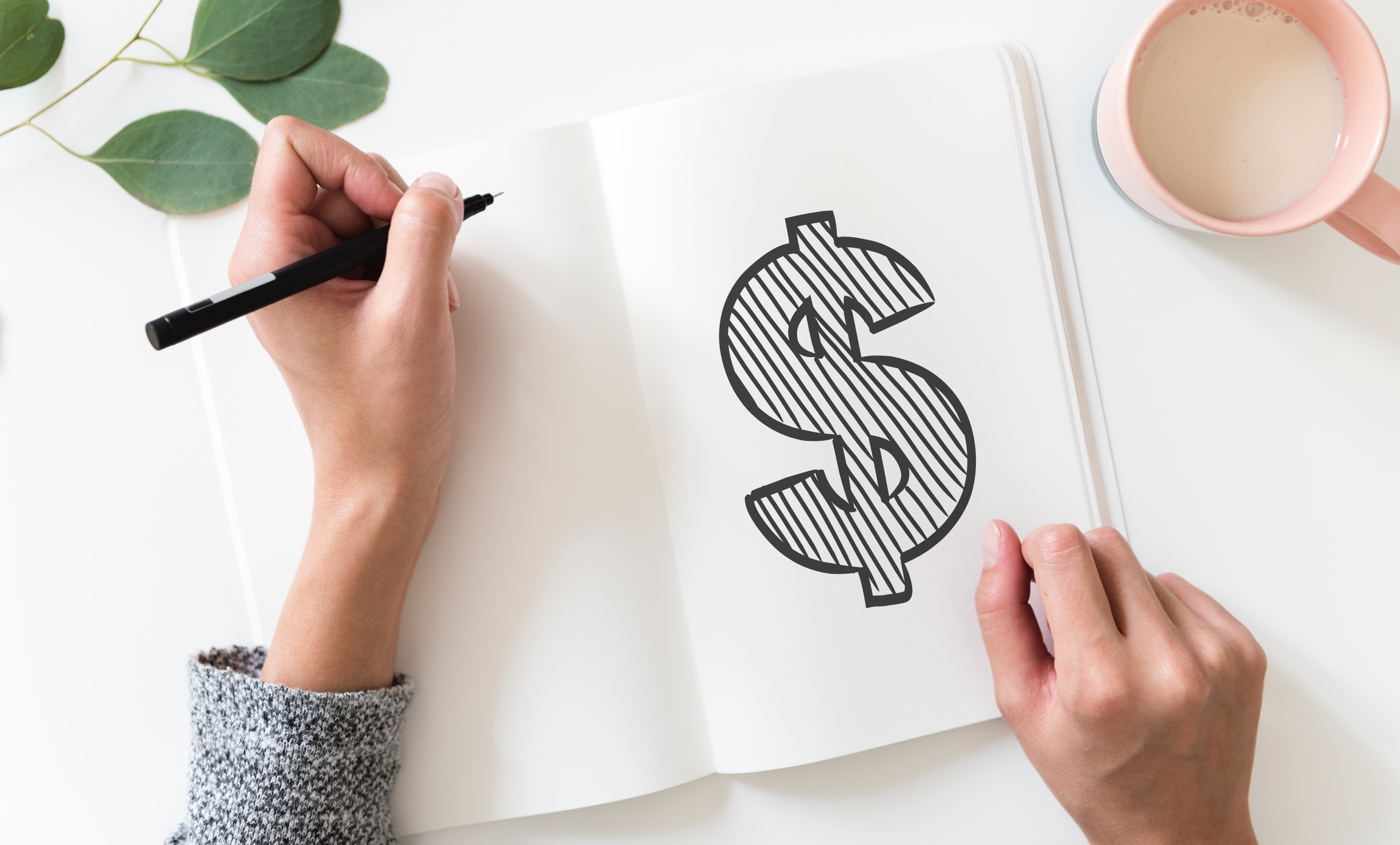Three dollars and 46 cents at CVS. Five dollars and 77 cents on a split-fare Uber ride. Eight dollars and 67 cents at Treehouse. Nine dollars and 89 cents at the Stanford University bookstore. All of these are seemingly small payments I have made within the past few days. When considered alone, it’s no surprise that I went through with all of these transactions with relatively little hesitation — though I will say that purchasing Airborne tablets at the bookstore proved to be a little more expensive than I was expecting.
It’s the collective 27 dollars and 79 cents that’s the cause of my current concern. But even that doesn’t sound too bad. Spending less than 30 dollars over the course of a few days? Perfectly reasonable. Unfortunately, when you factor in every purchase I left out so as to not make the beginning of this article too long and depressing, and expand the examined time period to the past month instead of just this past weekend, my wallet’s soft cries at the bottom of my backpack turn into screaming wails and attempts to scratch through the fabric and crawl as far away from me as possible.
Being that I don’t currently have a job, for the most part, I’m just relying on the money I had saved up before starting school, as well as greatly appreciated direct deposits from back home whenever they roll in. And every time more money pops into my bank account, regardless of the amount, I always take advantage of the temporary buffer, feeling no remorse for treating myself to Coupa four days in a row or for choosing to eat at Tresidder when the dining hall food looks particularly disappointing. Then, the true disappointment comes at the end of the month, when I review all of my spending and force myself to sit and think about what I’ve done.
It’s easy to spend money in small amounts. And if you can avoid looking at your bank statement, you don’t even have to face the reality of the bigger picture for a while. Ignorance is bliss, after all. Regardless, it’s inevitable that the bigger picture will hit eventually. It can be of your own free will, by closing one eye and peeking tentatively at the account balance. Alternatively, it can be when your card is declined on a pack of gum. Either way, you’re forced to realize that someone must have cut a hole at the bottom of your checking account because of how quickly the money has drained from it.
My love for the unnecessary luxuries drags me into a state of naive indifference and hasty swiping, but when it comes to necessities, like school supplies, or whenever I see myself running low on a certain toiletry, I internally groan at the thought of having to shell out the money. I feel every penny slip through my fingers, and I feel every dollar being ripped out of my clenched fists.
As hard as it is to spend money when I have no other choice, it’s just as hard to stop myself from spending money when it’s entirely optional. My funds are depleting, and honestly, even when I have a job, I’ll probably still be spending, just with more frequency and with even less regret than the already barely existent amount.
As much as I’d like to blame my struggle on an invisible force somehow siphoning money off of me, this problem is entirely under my control — or should I say, my lack thereof. It could be as easy as creating a monthly budget for myself and sticking to it, or even starting with cutting down my non-dining hall food consumption. Starting now, I’m going to change. Currently spending zero dollars and zero cents on a promise to myself to start exercising self-control.
Contact Kassidy Kelley at kckelley ‘at’ stanford.edu.
